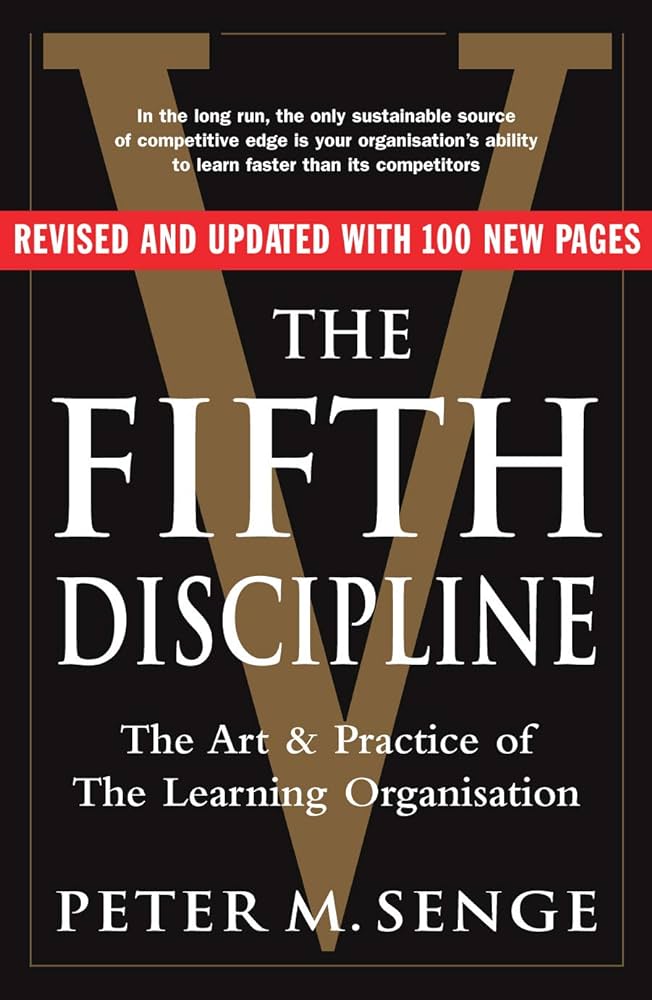The Lean Startup: How Today’s Entrepreneurs Use Continuous Innovation to Create Radically Successful Businesses
RATING


In the book The Lean Startup: How Today’s Entrepreneurs Use Continuous Innovation to Create Radically Successful Businesses, Eric Ries explores the pitfalls and shortcomings that catalyzed many startup failures, and the tools and mindset required to avoid that same fate. The book gives insights from both anecdotes and theory perspective, building a methodology and mindset from which you should work while developing a startup. Eric Ries is an American entrepreneur, blogger and author who graduated Yale with a degree in computer science and has worked on a multitude of startups since the early 2000’s.
The Lean Startup is a book about a methodology which Ries started developing in 2008 while working as an independent startup advisor. The fundamentals of the methodology were built upon existing practices such as lean manufacturing and lean software development which seek to increase value creating practices and eliminate wasteful ones. Its focus is on helping entrepreneurs who are starting a business while working under conditions of extreme uncertainty. He then builds his methodology to reinforce the fact that every element of a vision needs to be tested, and that learning whether to pivot or persevere using feedback loops is as vital as the idea itself. Another element focused on in the “Lean” methodology is questioning assumptions. People start building a product assuming people want it and then spend a lot of time trying to build the optimal product. Then — after it’s finished – it’s offered to customers. Often though, they find out that customers don’t actually want the product in the first place. He details this process dubbed the “Build-Measure-Learn” process and helps use it to describe the reasons startups fail. He describes the importance of proper organization and management in the startup space and goes on further to explain that “startup success can be engineered by following the right process”. Therefore, the main takeaway from this book is that the methodology with which to run a startup to be successful can be boiled down to a science and a methodology which Ries details.
This book is a useful resource to help entrepreneurs or like-minded individuals to clearly start thinking about the organizational aspect of running a startup. While many points or recommendations made in this book may seem mundane and basic, they are synthesized to create a methodology which is truly useful and applicable. Moreover, we truly appreciated the fact that while Ries’ methodology explains that any startup can become successful, this doesn’t replace fundamental entrepreneurial virtues such as vision and willingness to take bold risks in the face of overwhelming odds.
While the book’s basic premise and ideas are captivating and useful, the execution is unfortunately not stellar. The book is written in a fairly dry manner with much repetition coming in various forms. What was conveyed in over 300 pages could have probably been written in a third of that. Thus, there is a limited amount of meat on the bone, but if you stick with it and are able to take away the key elements of the book, it is a useful read.
Most startups fail. But many of those failures are preventable. The Lean Startup is a new approach being adopted across the globe, changing the way companies are built and new products are launched.
Eric Ries defines a startup as an organization dedicated to creating something new under conditions of extreme uncertainty. This is just as true for one person in a garage or a group of seasoned professionals in a Fortune 500 boardroom. What they have in common is a mission to penetrate that fog of uncertainty to discover a successful path to a sustainable business.
The Lean Startup approach fosters companies that are both more capital efficient and that leverage human creativity more effectively. Inspired by lessons from lean manufacturing, it relies on “validated learning,” rapid scientific experimentation, as well as a number of counter-intuitive practices that shorten product development cycles, measure actual progress without resorting to vanity metrics, and learn what customers really want. It enables a company to shift directions with agility, altering plans inch by inch, minute by minute.
Rather than wasting time creating elaborate business plans, The Lean Startup offers entrepreneurs—in companies of all sizes—a way to test their vision continuously, to adapt and adjust before it’s too late. Ries provides a scientific approach to creating and managing successful startups in a age when companies need to innovate more than ever.
For anybody who is either thinking about getting into the startup business or is already in the startup business this is a useful book to add to your repertoire. It will give you a fresh perspective on building your understanding of running Agile teams, how to run projects, and provides some interesting examples and insights.
See content on this topic

Understand the value of a customer-oriented analytics package and how behavioral scenarios can be used to improve profitability through influencing behavior and usage.
To understand the principles of game dynamics and learn how to effectively use the elements of gamification in business: to involve customers, employees and contractors in the process.
Understanding branding and communications from the standpoint of emotional engagement and building relevant and meaningful dialogue with customers.
This course covers a complete view of customer touch points (both physical and virtual) and a unique model for standardizing and managing customer contact models across channels including approaches for customer feedback, quality management, and migration.
Experiential Branding & Communications – Improving Brand Integration Through Emotional Engagement.
This course covers a complete view of customer touch points (both physical and virtual) and a unique model for standardizing and managing customer contact models across channels.
Understanding how leaders must evolve with relation to the evolution of business models, new management models, and the significant changes to the workforce with Digital Natives now making up more than 50% of the workforce globally.
Understand how to manage both internal and external digital transformation while considering the landscape for digital business models and the effect on traditional business models. Understanding organizational readiness for transformation and the role of corporate culture in managing transformations.
The changes in consumer behavior, employee behavior, and the evolution of business models in the digital age cause significant difficulties and imperatives for leaders who must develop new skills and evolve their leadership styles to be effective in this fast changing, challenging, and competitive environment.
Understanding how to design & manage change/transformation programs in organizations of different sizes. This course will help any size team or organization to better deal with change & transformation on any scale.




 Copy Link
Copy Link
 E-mail
E-mail
 LinkedIn
LinkedIn
 Facebook
Facebook
 Telegram
Telegram
 WhatsApp
WhatsApp
















 Go Back
Go Back
Leave a Reply
You must be logged in to post a comment.